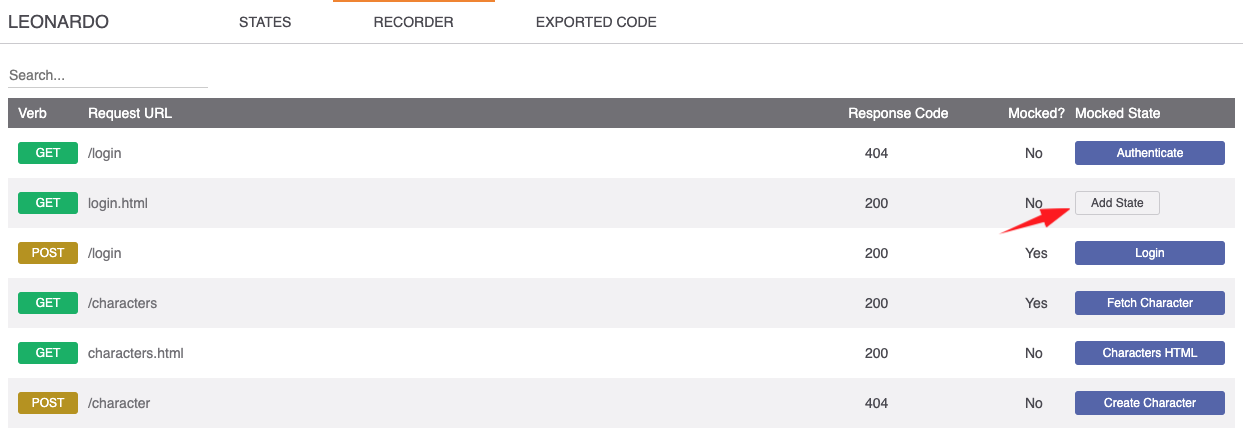
Security News
vlt Launches "reproduce": A New Tool Challenging the Limits of Package Provenance
vlt's new "reproduce" tool verifies npm packages against their source code, outperforming traditional provenance adoption in the JavaScript ecosystem.
leonardojs
Advanced tools

$ npm install leonardojs --save
$ bower install leonardo
// in dev environment
import "leonardojs";
<!DOCTYPE HTML>
<html>
<body>
//.....
<script src="[bower_components|node_modules|other]/leonardo/dist/leonardo.js"></script>
</body>
</html>
You should now see Leonardo's icon on the bottom right corner. Click It.



Automate your mocks using Leonardo's API
State:
StateOption:
addState(State array)
//.....
Leonardo.addStates([
{
name: 'Get Data',
url: '/api/user/43435',
verb: 'GET',
options: [
{name: 'success', status: 200, data: { name: "Master Splinter" }},
{name: 'error 500', status: 500}
]
},{
name: 'Get Data',
url: '/api/user/43435',
verb: 'GET',
options: [
{name: 'success', status: 200, data: { name: "Master Splinter" }},
{name: 'error 500', status: 500}
]
},
{
name: 'Get Characters',
url: '/api/character',
verb: 'GET',
options: [
{
name: 'success',
status: 200,
data: function(request) {
if (request.url.indexOf('term=Donatello') > 0) {
return { name: "Donatello" };
} else {
return { name: "Raphael" };
}
}
},
]
}
]);
activateStateOption(stateName, optionName)
Activates state option, mocked response will be returned when calling the state url
//.....
Leonardo.activateStateOption('Update Data', 'success');
$http.put('/api/user/43435', { name: "Master Splinter" }).success(function(data, status) {
console.log(status); // 200
});
Leonardo.activateStateOption('Update Data', 'error 500');
$http.put('/api/user/43435', { name: "Master Splinter" }).error(function(data, status) {
console.log(status); // 500
});
//.....
deactivateState(stateName)
Deactivates a specific state, when calling the state url request will pass through to the server
//.....
Leonardo.deactivateState('Update Data');
//.....
You can hide Leonardo activator icon by clicking ctrl + shift + l.
$ cd Leonardo
$ npm install
$ npm run build
$ npm start
This will run the demo app (and auto-refresh the browser)
FAQs
Leonardo - Your mocking ninja - an add-on tool for centralizing your client side mocking
The npm package leonardojs receives a total of 19 weekly downloads. As such, leonardojs popularity was classified as not popular.
We found that leonardojs demonstrated a healthy version release cadence and project activity because the last version was released less than a year ago. It has 6 open source maintainers collaborating on the project.
Did you know?

Socket for GitHub automatically highlights issues in each pull request and monitors the health of all your open source dependencies. Discover the contents of your packages and block harmful activity before you install or update your dependencies.

Security News
vlt's new "reproduce" tool verifies npm packages against their source code, outperforming traditional provenance adoption in the JavaScript ecosystem.

Research
Security News
Socket researchers uncovered a malicious PyPI package exploiting Deezer’s API to enable coordinated music piracy through API abuse and C2 server control.

Research
The Socket Research Team discovered a malicious npm package, '@ton-wallet/create', stealing cryptocurrency wallet keys from developers and users in the TON ecosystem.